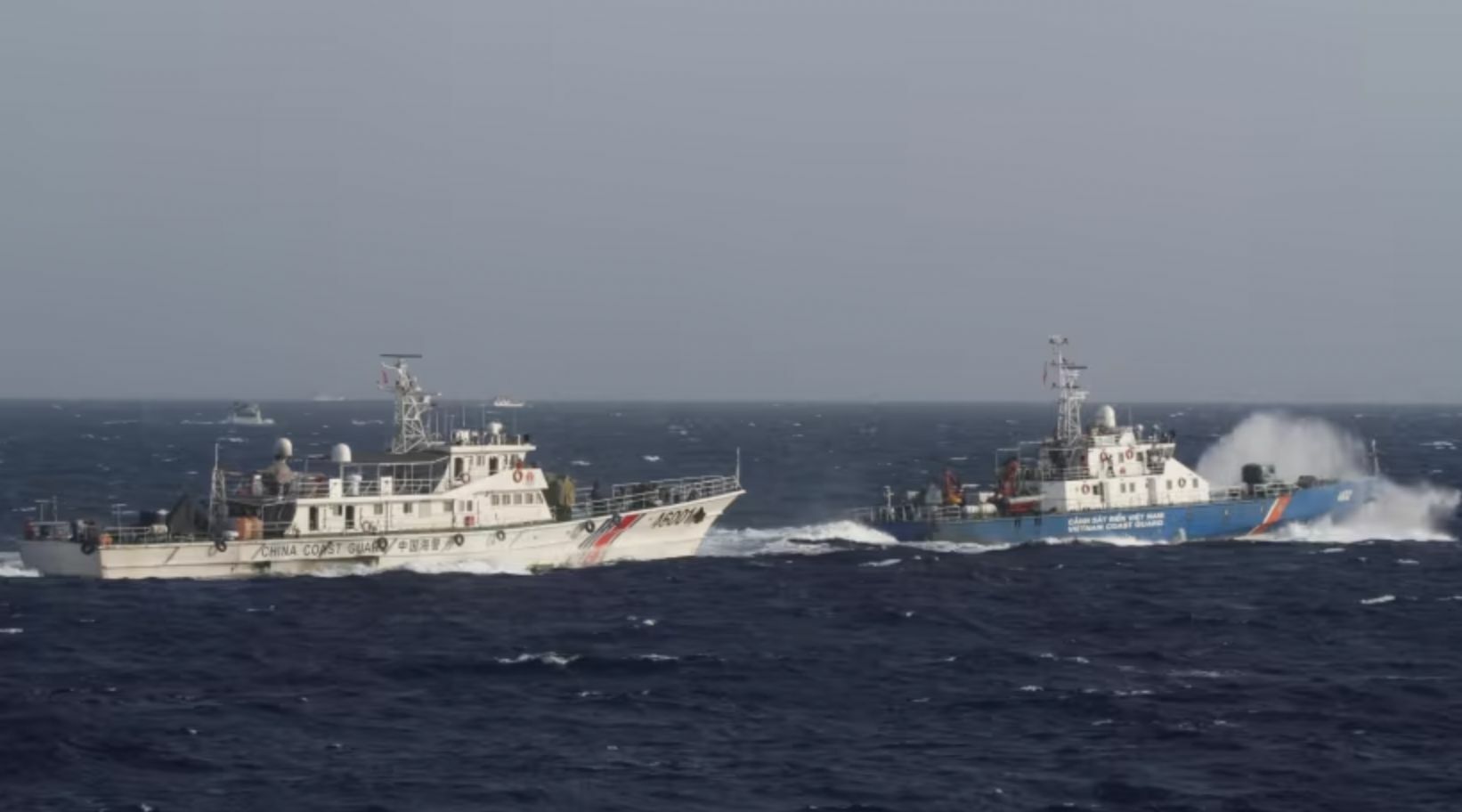Chinese research ship exits Vietnam’s EEZ after US-China talks

A Chinese research vessel and its escort, which had been operating in Vietnam’s exclusive economic zone (EEZ) in the South China Sea for nearly a month, left the area on June 5. The departure coincided with high-level talks between the US and China. The Chinese vessel Xiang Yang Hong 10 had been sailing in Vietnam’s EEZ since May 7, often accompanied by a dozen ships and crossing gas and oil fields operated by Russian companies. The ship’s activities have been a source of tension in the region, as Beijing claims most of the energy-rich South China Sea, including foreign EEZs.
“The Chinese scientific research vessel carrying out normal research activities in maritime waters under China’s jurisdiction is legitimate and proper. The issue of entering another country’s EEZ does not exist,” China’s foreign ministry said in a statement. However, under international law, ships are allowed to sail through foreign EEZs, but unauthorised surveys are not permitted.
In a rare public protest, the Vietnamese government urged the Chinese research ship and its escort to leave the country’s EEZ on May 25, following a visit to Hanoi by senior Russian official Dmitry Medvedev. Ray Powell, who leads Stanford University’s Project Myoushu on the South China Sea, confirmed that the Chinese research ship was seen approaching China’s Hainan island on June 6.
Vietnam’s fisheries surveillance ships turned back after the Chinese vessel and its escort left Vietnam’s EEZ around midnight Vietnam time, Powell added. Van Pham, a Vietnam-based researcher who heads the independent non-profit South China Sea Chronicle Initiative (SCSCI), confirmed the ships had left Vietnam’s EEZ but warned that Hainan was not the research ship’s home port, and after a break there, it could resume activities in the South China Sea. The Vietnamese foreign ministry did not respond to requests for comment.
Latest Thailand News
Follow The Thaiger on Google News:
























